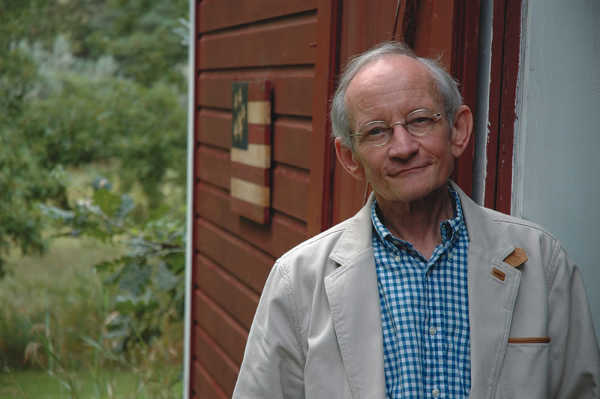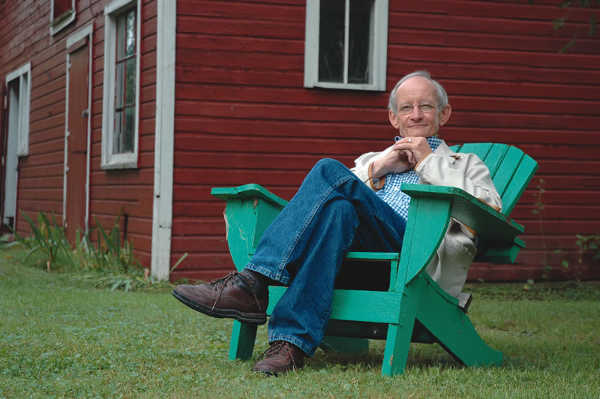
S.C. Hahn is an American poet now living in Stockholm where, as you’ll see, it can be every bit as hard to get out of bed after an operation as it is here.
You can hear the machinery creaking, can’t you?
Getting Out of Bed After Surgery
This site has no industrial crane that swings
an arm around and lowers it to receive
a load to raise—pallets of bricks for a wall
or rods of steel rebar that will arc
in a bridge high over a river: here is only
a bed, the low hill of a sheet, and an older
man whose gears, stiff with disuse, are leveraging
his body, first untucking the legs to lower
them down to the floor, then bracing the beam
of a left arm against the mattress, the right hand
gripping a bed rail, and then the engine of pain
turns the whole contraption of bone and flesh
into a slow motion, up in increments
like a demolition film that’s run in reverse
until a newer center of gravity is reached,
and the laws of physics require that whatever is down
must rise to meet a life that stands waiting.
American Life in Poetry does not accept unsolicited manuscripts. It is made possible by The Poetry Foundation, publisher of Poetry magazine. It is also supported by the Department of English at the University of Nebraska, Lincoln. Poem copyright ©2020 by S.C. Hahn, “Getting Out of Bed After Surgery,” (2020). Poem reprinted by permission of S.C. Hahn. Introduction copyright @2020 by The Poetry Foundation. The introduction’s author, Ted Kooser, served as United States Poet Laureate Consultant in Poetry to the Library of Congress from 2004-2006.

 How to resolve AdBlock issue?
How to resolve AdBlock issue? 





